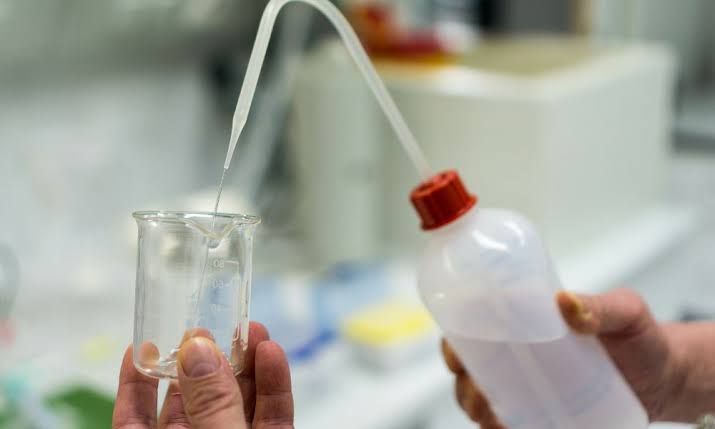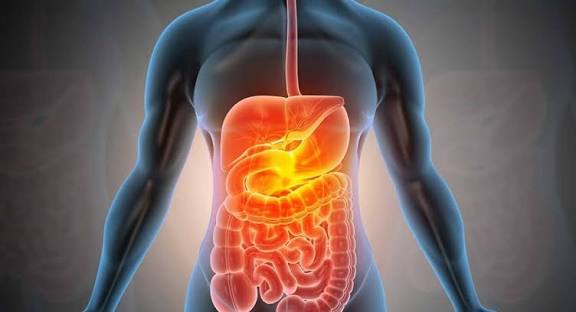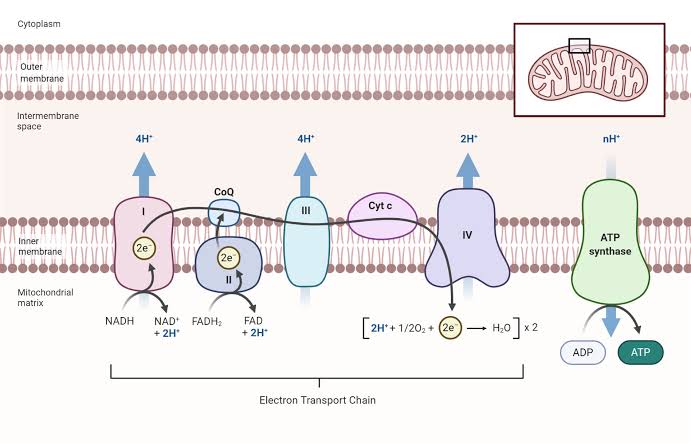
Structure of Water
Water (H₂O) is a simple molecule composed of two hydrogen atoms covalently bonded to one oxygen atom. The molecular structure of water can be described as follows:
- Molecular Geometry: The water molecule has a bent or V-shaped geometry due to the two lone pairs of electrons on the oxygen atom, which repel the hydrogen atoms. This results in an angle of approximately 104.5 degrees between the hydrogen-oxygen-hydrogen atoms.
- Polarity: Water is a polar molecule because of the difference in electronegativity between oxygen and hydrogen. Oxygen is more electronegative, which means it attracts electrons more strongly than hydrogen does. This creates a partial negative charge (δ-) near the oxygen atom and a partial positive charge (δ+) near the hydrogen atoms, leading to a dipole moment.
- Hydrogen Bonding: The polarity of water molecules allows them to form hydrogen bonds with each other and with other polar substances. Each water molecule can form up to four hydrogen bonds with neighboring water molecules, contributing to its unique properties.
Justification that Water is a Universal Solvent
Water is often referred to as the “universal solvent” for several reasons:
- Polarity: The polar nature of water allows it to interact with various ionic and polar compounds effectively. When ionic substances like sodium chloride (NaCl) are introduced into water, the positive end of water molecules surrounds negatively charged ions (Cl⁻), while the negative end surrounds positively charged ions (Na⁺). This interaction helps dissolve many salts and minerals.
- Hydration Shells: When solutes dissolve in water, they become surrounded by water molecules forming hydration shells. This process stabilizes the solute in solution and facilitates further interactions with other molecules.
- Diverse Solubility: Water can dissolve a wide range of substances including sugars, acids, bases, gases (like oxygen and carbon dioxide), and many biological macromolecules such as proteins and nucleic acids due to its ability to form hydrogen bonds.
- Biological Importance: In biological systems, many biochemical reactions occur in aqueous environments where enzymes and substrates are dissolved in water, highlighting its role as an essential medium for life processes.
Justification that Water Forms the Medium of Cytosol, ECM, and Blood
- Cytosol: The cytosol is the liquid component of cytoplasm within cells where various cellular processes occur. It consists primarily of water (about 70-90% by volume), which serves as a solvent for ions, small molecules, and macromolecules necessary for metabolic reactions.
- Extracellular Matrix (ECM): The ECM provides structural support to tissues and organs; it contains a significant amount of interstitial fluid that is primarily composed of water. This fluid facilitates nutrient transport, waste removal, and communication between cells through signaling molecules dissolved in it.
- Blood: Blood plasma is about 90% water by volume and acts as a medium for transporting nutrients, hormones, gases (such as oxygen and carbon dioxide), waste products, and immune cells throughout the body. The high solubility capacity of water enables efficient transport mechanisms essential for maintaining homeostasis.
Discussion on Dissociation of Water and Its Contribution to pH
Water undergoes self-dissociation according to the following equilibrium reaction:
2H2O ⇌ H3O+ + OH−
- Ionization: In pure water at 25°C, this dissociation occurs at very low concentrations; approximately 1×10−7 moles per liter each of hydronium ions (H3O+) and hydroxide ions (OH−) are present.
- pH Scale: The concentration of H3O+ determines the pH level:
- pH = -log[H3O+]
- Pure water has a neutral pH of 7 because [H3O+] = [OH−] = 1×10−7 M.
- Acid-Base Reactions: When acids or bases are added to water, they alter these ion concentrations:
- Acids increase H3O+ concentration leading to lower pH values (<7).
- Bases increase OH− concentration leading to higher pH values (>7).
- Biological Relevance: Maintaining proper pH levels is crucial for enzyme activity and metabolic processes within living organisms; thus understanding dissociation contributes significantly to biochemistry.
In summary:
- Water’s unique structure allows it to act as an effective solvent.
- Its role in biological systems includes serving as a medium for cytosol, ECM, and blood.
- Understanding its dissociation helps explain its contribution to pH balance in biological contexts.







